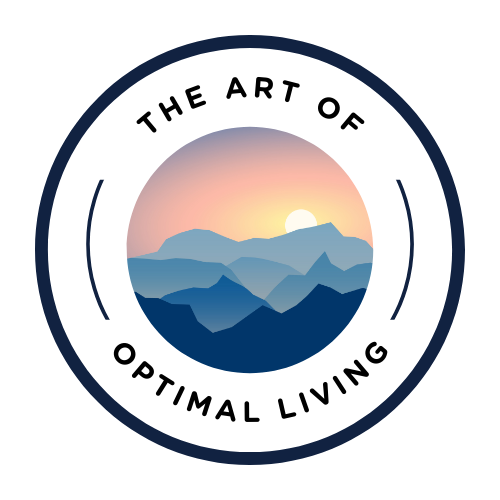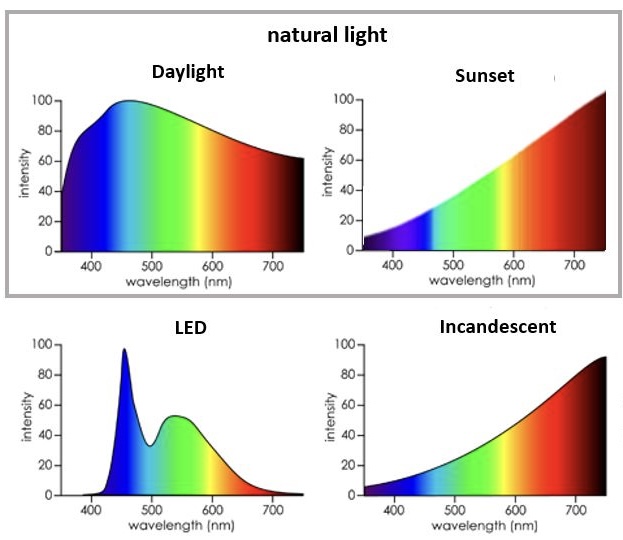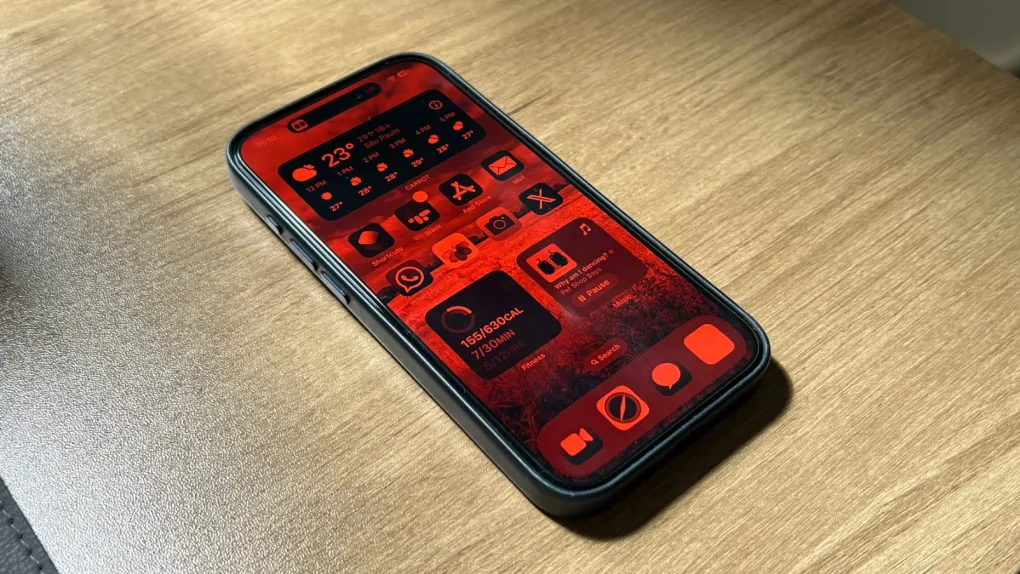
You’ve probably seen people wearing orange tinted sunglasses and have heard of blue light and how bad it is for your health. You may have though that the glasses are a scam and blue light is benign. Well I’m here to tell you that it isn’t all woo woo bulls***. It’s real. This post will teach you why artificial blue light harmful and what you can do to avoid it.
Contents
What is Blue Light?
The science of light and electromagnetic energy can get slightly complex, so I will try to keep it simple. The sun emits a wide electromagnetic spectrum of varying frequencies or energy, ranging from UV radiation all the way to infrared. Blue light makes up only a small portion of the entire spectrum, and 25-30% of the visible light. It is a high-energy visible light, with wavelengths between 380 to 500 nanometers. The entire spectrum all together balances itself out. Red and infrared light are healing, while UV is often seen as damaging (though essential). Our biology has evolved and is designed to receive each frequency of the entire spectrum, at different proportions at different times of the day.
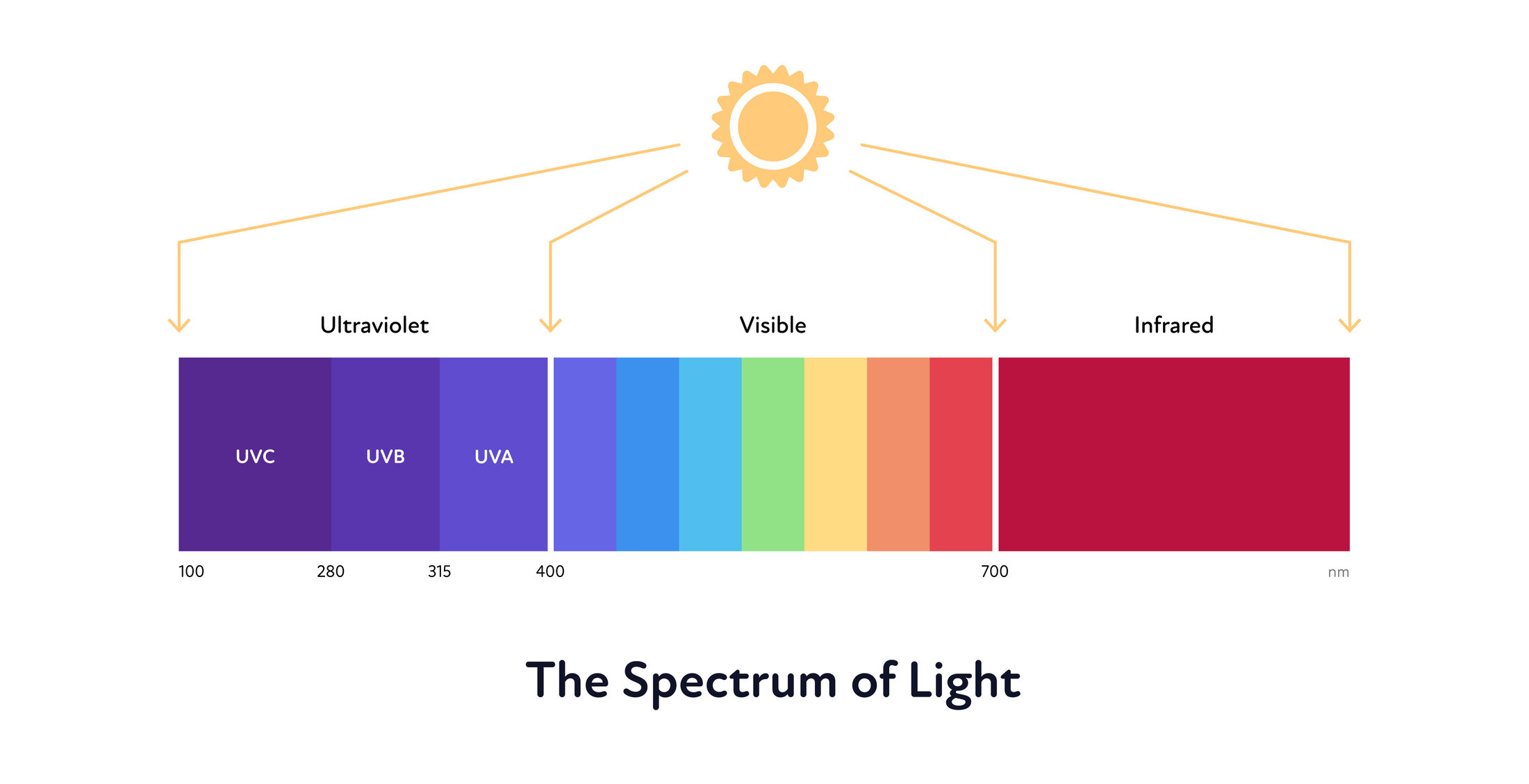
Why is Blue Light Bad?
Blue light isn’t exactly harmful or bad. It’s actually necessary for good health, but in the right context and balanced with other frequencies. The issue arises with artificial light sources, such as digital screens and LED lighting, which emit a disproportionate amount of blue light compared to other wavelengths.
The image below illustrates the electromagnetic frequencies from different light sources. Notice how daylight has a fairly even balance of all frequencies, and sunset and incandescent both have large amounts of red compared to blue and violet. These are GOOD. In comparison, notice how LEDs, which we use for nearly everything nowadays, have a large spike in blue with little to no red. This way of receiving light is completely foreign to our biology, as it is never seen in nature. Our lights are missing the red and infrared to balance out the blue. In other words, they are missing the anecdote to the poison.
Exposure to this imbalance of light leads to disruptions in our biology and implications for our health, especially at the wrong times of day. Artificial blue light, especially from our digital devices which we are often on late into the night can have negative effects on our health. This type of light suppresses the production of melatonin and stimulates the production of cortisol, two hormones that regulates our sleep-wake cycle. Melatonin and cortisol have a very delicate harmonic rhythm that keeps us awake during the day and asleep at night, depicted in the image below.
Excessive exposure to blue light, particularly in the evening, can disrupt our natural circadian rhythm, making it harder to fall asleep and reducing sleep quality. Moreover, prolonged exposure to blue light may contribute to digital eye strain and potentially increase risk of macular degeneration over time.
Benefits of reducing blue light from phone
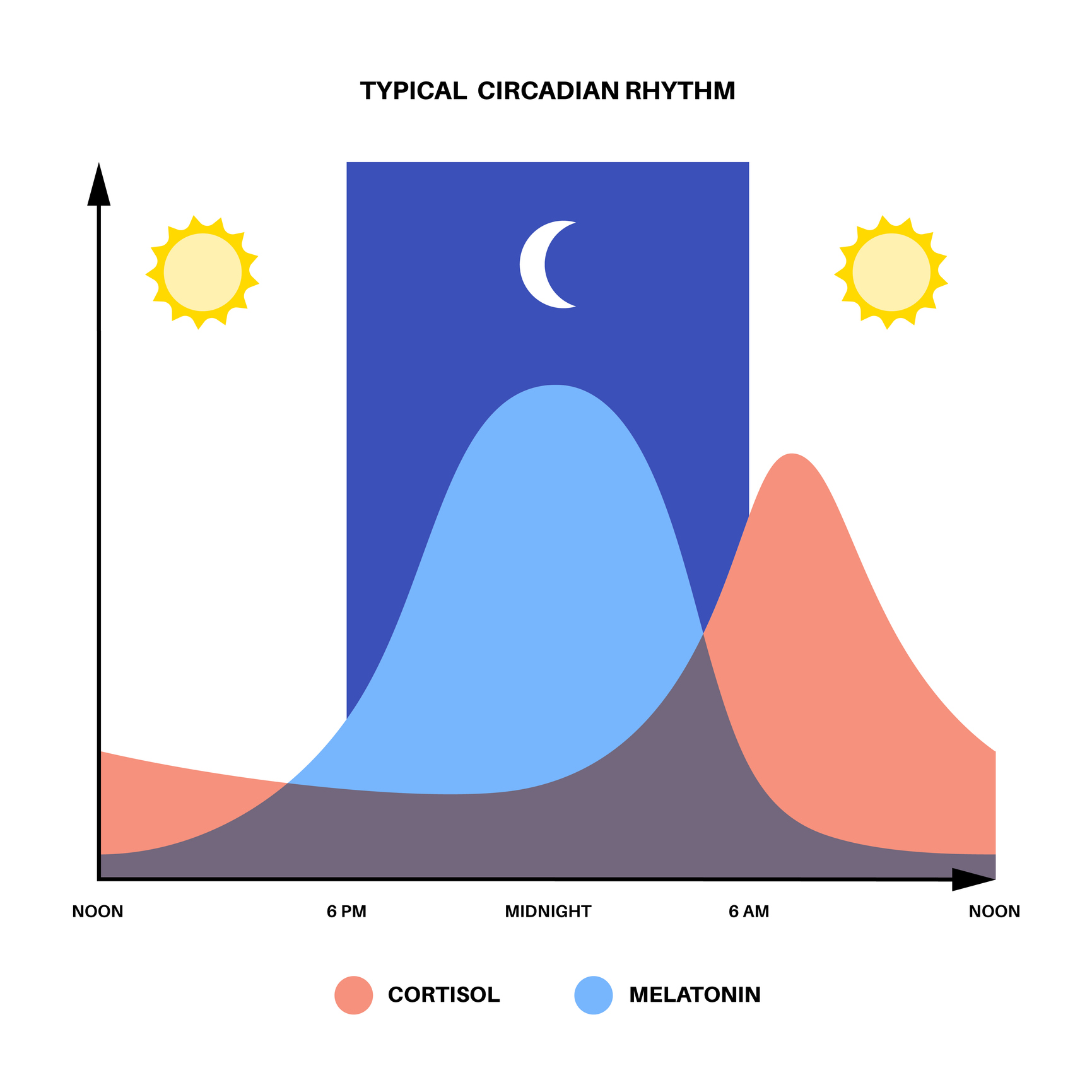
Check out my instagram post for more detail on the harms on blue light.
Benefits of reducing blue light from phone
We constantly look at our iPhones all day long. This is why I, along with many other health advocates, recommend reducing blue light on your iPhone. It is one of the simplest ways to start improving your sleep and health. There are obviously plenty of other techniques to implement to really optimize your light environment, but this is at least a start.
Better Sleep
Reducing blue light on your phone can lead to several significant benefits. First and foremost, it can greatly improve your sleep quality. By decreasing blue light exposure in the evening, your body can produce melatonin more naturally, helping you fall asleep faster and enjoy more restful sleep. This will preserve a healthy circadian rhythm, which is absolutely paramount to a high quality and long life.
Prevent Eye Damage
Secondly, minimizing blue light can reduce eye strain and potential long-term damage to your eyes. This is especially important for those who spend long hours looking at screens. There is little evidence to support this, but I believe within the next 50 years we will see macular degenerative diseases skyrocketing. This case report documented that a women using an LED face mask to improve her skin developed photochemical retinopathy afterward, with distorted vision and retinal lesion.
LEDs and tech screens are relatively new to our species. We don’t have the long term use data yet to know how harmful artificial light will be to our eye health in the long run. As always, I like to err on the side of caution, and I suggest you do the same.
Less Screen Time
Lastly, a less stimulating screen can make your phone less addictive. The warmer, redder tones are less engaging to our brains, potentially helping you reduce overall screen time and improve your digital well-being. Blue light is incredibly addicting. There is a reason why slot machines and tech screens are load with it… I’ve noticed I spend way less time looking at my phone when it’s void of blue light. I get comments all the time like “Ahh your screen looks awful!” or “How do you look at that!?”. This is a secondary benefit. We aren’t necessarily aiming for it, but we’ll sure as hell take it!
How to reduce blue light on your iPhone
So now that I’ve convinced you to reduce the blue light from your phone, here is how. Fortunately, iPhones offer built-in features to reduce specific light emission. The most effective method is to use the Color Filters option.
To activate this, go to Settings > Accessibility > Display & Text Size > Color Filters.
Turn on Color Filters and select “Color Tint.”
Adjust the Intensity and Hue sliders to create a red tint that filters out blue light.
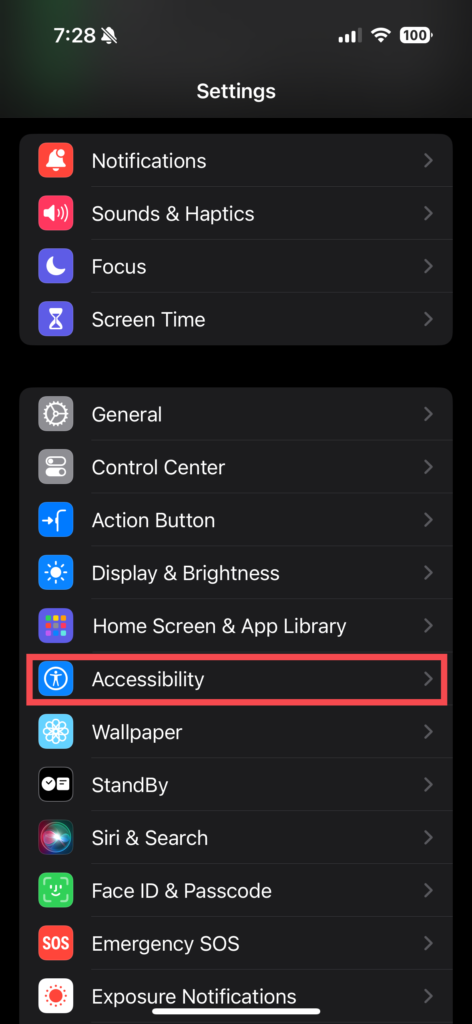
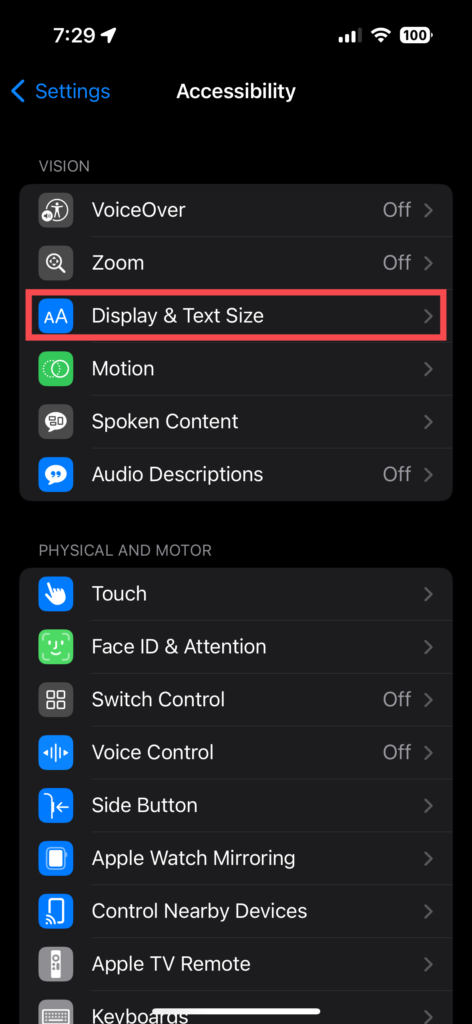
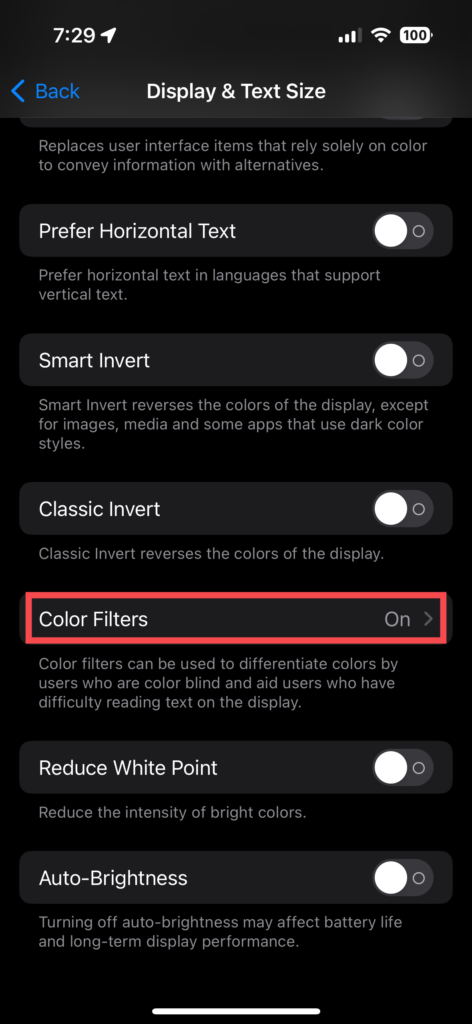
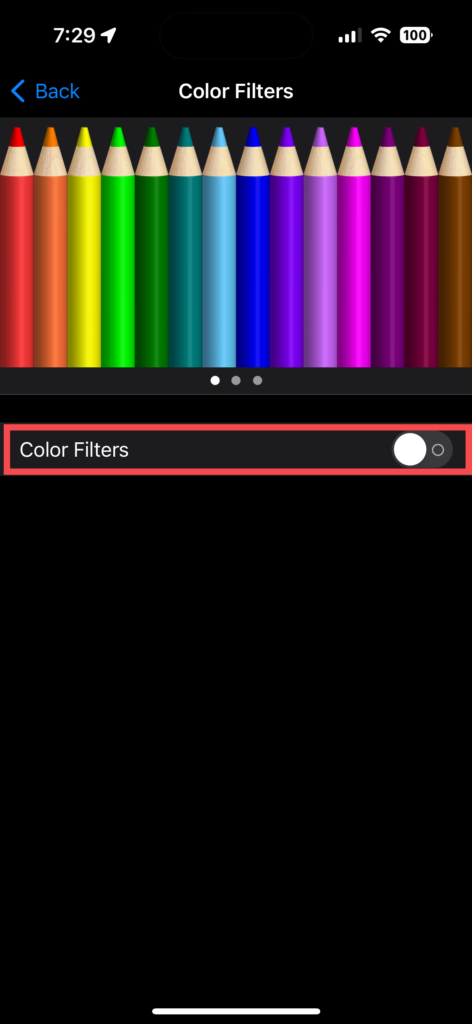
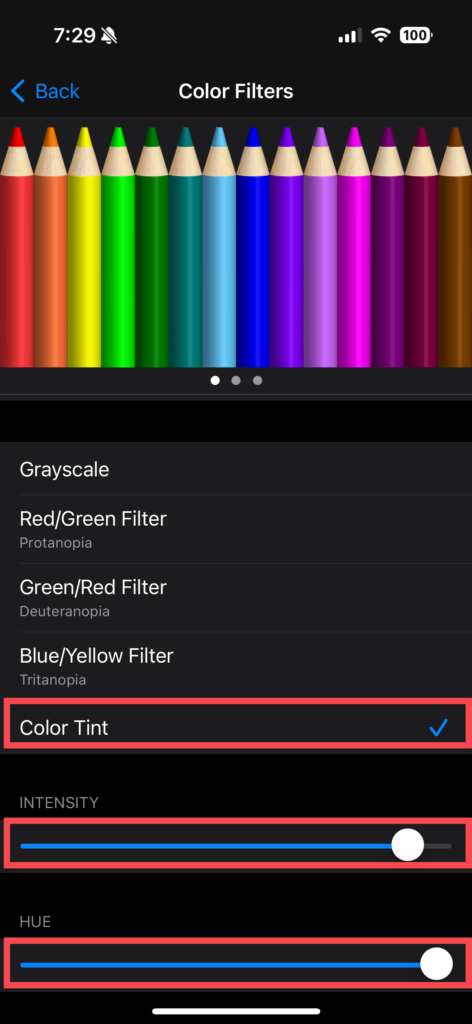
For convenience, you can set up an Accessibility Shortcut to quickly toggle this filter on and off by triple-clicking the side button.
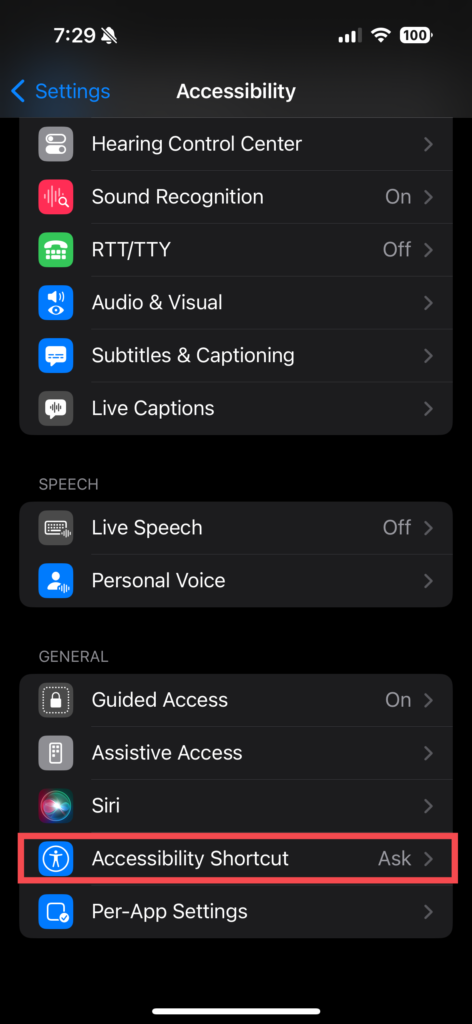
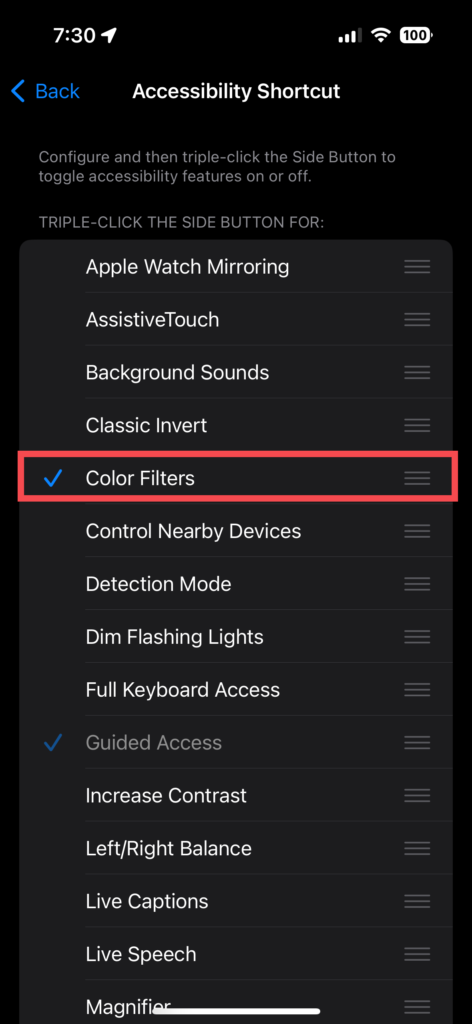
Additionally, you can use the built-in Night Shift feature, which automatically adjusts your display to warmer colors in the evening. To activate this, go to Settings > Display and Brightness > Night Shift. Change the color temperature to warm and set a schedule.
What about TV or indoor lighting?
TV is more difficult. So I highly recommend investing in a high quality pair of blue light blocking glasses. Both Ra Optics and BlockBlueLight make high quality and effective glasses. Use code OPTIMALLIVING for 10% off at both.
Blue light blocking glasses should help with indoor light too, but I’d recommend getting full spectrum light bulbs. These mimic the lighting of the sun and have 3 settings, day mode, mixed mode, and night mode. This one at BlockBlueLight is great. Plus you can use the same discount code.
These glasses should be worn anytime you are exposed to artificial light at night. Whether it’s from your iPhone, computer, TV, indoor or street lighting. Wear your blue light blockers to protect your circadian rhythm and optimize your health.
Conclusion
Reducing blue light on your iPhone is a simple yet effective way to improve your digital health. However it’s important to keep in mind that we don’t just get blue light from our phones. It’s in our computers, TVs, cars and indoor lights. By understanding the negative impacts of artificial blue light and implementing the easy steps to filter it out, you can enjoy better sleep, reduce eye strain, and potentially decrease phone addiction. Remember to activate these features, especially as evening approaches, to maximize the benefits. Your eyes, circadian rhythm and overall health will thank you for taking these small but significant steps towards healthier light and technology use.
Learn effective strategies for optimizing your health every single week.
